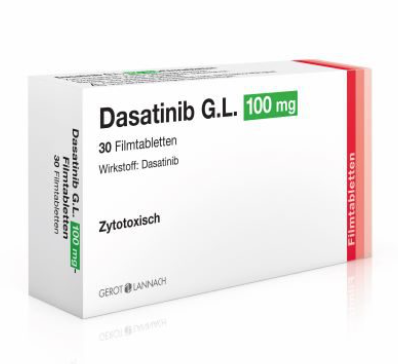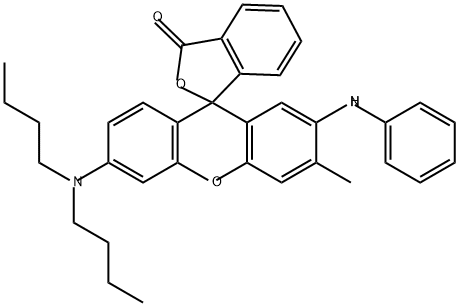2-Anilino-6-dibutylamino-3-methylfluoran: Overview, Applications in Light-Driven Phase Change Materials System and Preparation Method
Dec 10,2024
Overview
2-Anilino-6-dibutylamino-3-methylfluoran is almost colorless in itself, is extremely stable in the air, has no sublimation property and has no spontaneous color development (background fogging), and is extremely well soluble in an organic solvent. The color developer rapidly develops a black color, and the color image has excellent light resistance and moisture resistance.
Applications in Light-Driven Phase Change Materials System
2-Anilino-6-dibutylamino-3-methylfluoran plays a crucial role in the development of temperature-controlled light-driven phase change materials (PCMs) systems. A novel PCM system was devised by incorporating a thermochromic compound like 2-Anilino-6-dibutylamino-3-methylfluoran. In this study, thermochromic phase change materials (TC-PCMs) were formulated by blending 2-Anilino-6-dibutylamino-3-methylfluoran and bisphenol A with 1-hexadecanol (1-HD) in different ratios.
Preparation Method
To obtain the objective high-quality high-melting compound in a high yield. CONSTITUTION: The production process is one for producing 2-anilino-3-methyl- -6-dibutylaminofluoran, having a melting point in the range of 179-186 deg.C comprising the steps of: reacting 2-(4'-dibutylamino-2'-hydroxybenzoyl)benzoic acid with 1-1.2mol, per mol of the former compound, of 4-methoxy-2-methyl- diphenylamine at 0-30 deg.C in concentrated sulfuric acid of 96% or above and filtering off the phthalide-containing precipitates formed by introducing the reaction solution into ice water, and treating the precipitates in a mixture of an aqueous sodium hydroxide solution and an organic solvent which are separable from each other at 8-100 ℃ for 1-3hr to cyclize the phthalide in the precipitates, wherein the amount of the sodium hydroxide excluding that used to neutralize the precipitates is 0.2-0.4mol per mol of the 2-(4-'-dibutylamino-2'- hydroxybenzoyl)benzoic acid.1
Reference
1. JPH0860002A
- Related articles
- Related Qustion
- 2-Anilino-6-dibutylamino-3-methylfluoran: properties, applications and safety Nov 10, 2023
2-Anilino-6-dibutylamino-3-methylfluoran is a valuable component for light-driven phase change materials with temperature-control capabilities, but proper safety precautions must be taken.
- Application of 2-Anilino-6-dibutylamino- 3-methylfluoran Nov 6, 2019
2-Anilino-6-dibutylamino- 3-methylfluoran is an important organic fluorescent dye, used widely in the chemical field.
Supplementation with pyridoxal 5'-phosphate monohydrate can synthesize neurotransmitters such as dopamine and serotonin, maintaining a healthy nervous system.....
Nov 4,2025Biochemical EngineeringDasatinib, a tyrosine kinase inhibitor, primarily treats chronic myeloid leukemia and Philadelphia chromosome-positive acute lymphoblastic leukemia.....
Mar 29,2024API2-Anilino-6-dibutylamino-3-methylfluoran
89331-94-2You may like
2-Anilino-6-dibutylamino-3-methylfluoran manufacturers
- 2-Anilino-6-dibutylamino-3-methylfluoran
-
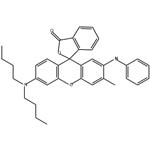
- 2025-12-13
- CAS:89331-94-2
- Min. Order:
- Purity: 0.99
- Supply Ability:
- 2-Anilino-6-dibutylamino-3-methylfluoran(ODB-2)
-
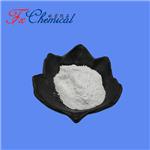
- $0.00 / 1kg
- 2025-12-13
- CAS:89331-94-2
- Min. Order: 1kg
- Purity: 99%min HPLC
- Supply Ability: 10000kg
- 2-Anilino-6-dibutylamino-3-methylfluoran
-
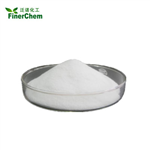
- $0.00 / 25Kg/Drum
- 2025-12-12
- CAS:89331-94-2
- Min. Order: 1KG
- Purity: 99%
- Supply Ability: 500mt/year





